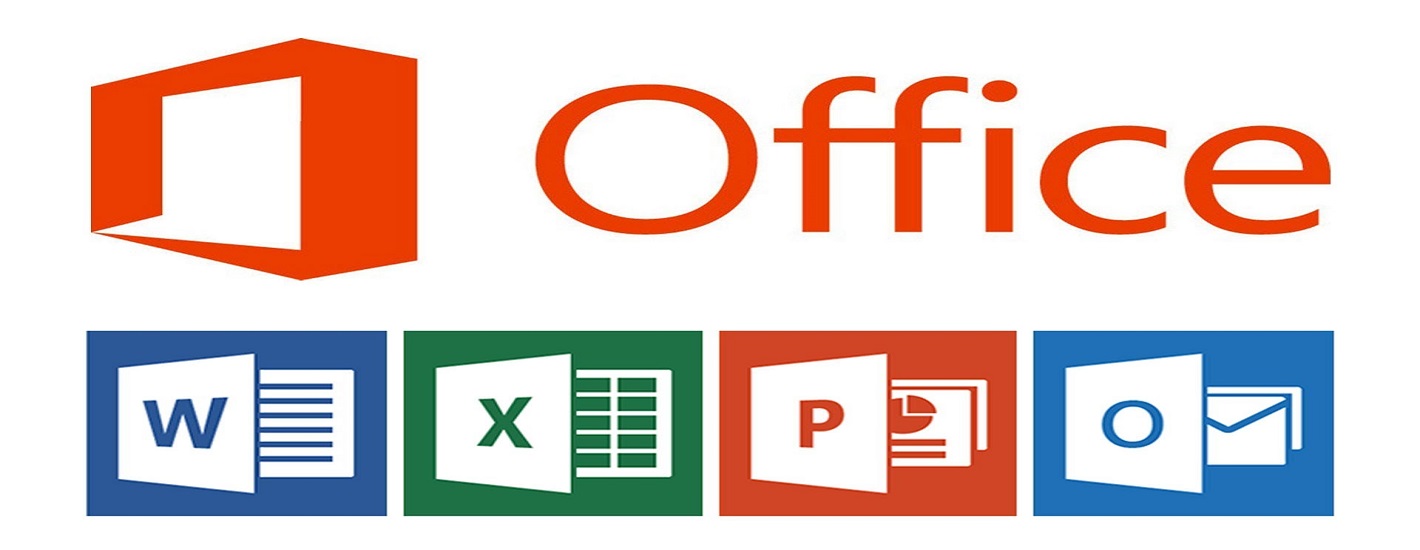Softcore Linux training course lets you master the Linux OS. We provide the best training classes to help you learn Linux installation, administration, Red Hat System, deploying Linux Kernel, testing, debugging, boot processes.
This is an in-depth Training Course that gives you all the skills needed for working as a Linux Administrator. You will learn about the Red Hat System, installation, managing the boot processes, performing various operations, understanding Linux Kernel, testing and debugging.
Linux Administration Training Course Content
Introduction to Linux and UNIX
- History of UNIX & LINUX
- Basic Concepts of Operating Systems, Kernel, shell and file system structure
Installation of Linux
- Different types of Installation Methods
- GUI
- Text
Linux System Structure
- Basic concepts of Linux
- Differences between Red Hat Enterprise Linux & CentOS
- Basic bash commands of Linux
- Editors [GUI & CLI]
Boot Process of Linux
- What is booting and boot process of Linux?
- Init Process or Runlevels
Software Package Administration
- Description of a Repository
- Difference between RPM and YUM
- Configuration of YUM server
- Installing and deleting software packages
- Querying and updating software packages
User and Group Administration
- Types of Users in Linux
- Creating and deleting Users and Groups
- Modifying Users profile
- Adding Users into the Groups
- Important system files related to User & Group administration
Advanced File Permissions
- Importance of Permissions
- Types of Permissions
- User level Permissions
- Group level Permissions
- Setting Access Level Permissions on Users & Groups
Disk Partitioning and Mounting File System
- Definition of Partition
- Types of Partitions
- Difference between ext2, ext3 and ext4 file systems
- Creating partitions using fdisk utility
- Formatting partitions using mkfs to create filesystems
- Mounting various filesystems temporarily and permanently
Logical Volume Management
- What is LVM?
- Conversion of Partition into Physical Volume
- Creating volume groups and logical volumes
- Mounting the logical volume filesystems
- Extend and Reduce the logical volumes.
- Data storage using LVM
- Renaming volume groups and logical volumes
- Removing physical volume, volume group and logical volume
Backup and Recovery
- Introduction to various types of backup media
- Backup and restoring using tar commands
- Automation of Jobs
NFS
- Configuring NFS server
- Mounting NFS exports on clients
NIS
- Basics of NIS
- Configuring NIS Servers and client
- Creating NIS users
DNS
- Basics of Internet
- Basics of DNS and BIND 9
- Configuring DNS primary server
DHCP
- Configuring Linux as DHCP Server
- Configuring various clients for DHCP Server
Web Server (Apache)
- Basics of Web Service
- Introduction to Apache
- Configuring Apache for main site
- Configuring Apache for multiple sites using IP-based, port-based and name-based
FTP Server
- Basics of File Transfer Protocol.
- Configuring vsftpd for anonymous ftp service.
Proxy Server (SQUID)
- Basics of proxy services
- Configuring proxy services
- Creating ACL’s for controlling access to the internet.
Samba Server
- Basics of file sharing in Windows
- Configuring Samba service for file sharing with windows systems
Mail Server Configuration
- Basics of Mail Servers
- Configuring SMTP service using Sendmail
Log Server
- Importance of logs
- Configuring Syslog Messages
Network Connections
- Configuring Physical IP Address
- Configuring Virtual IP Address
- Enabling & Disabling the Network Connections
- Iptables
Basics of Shell scripting
Troubleshooting Linux
- Recovering the superuser password.
- Troubleshooting network related problems.
Linux Administrator Training Course in Hyderabad, Kukatpally



